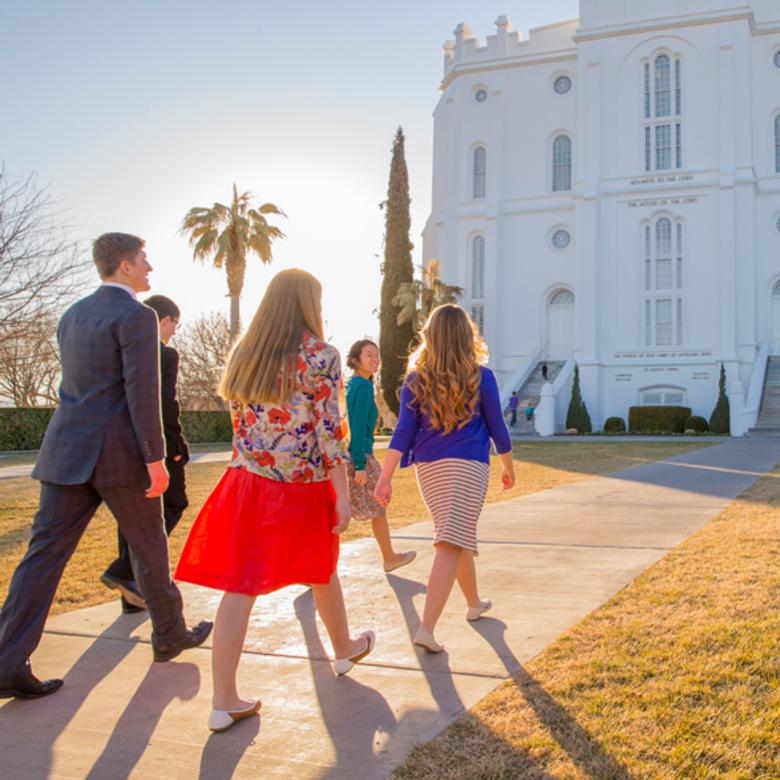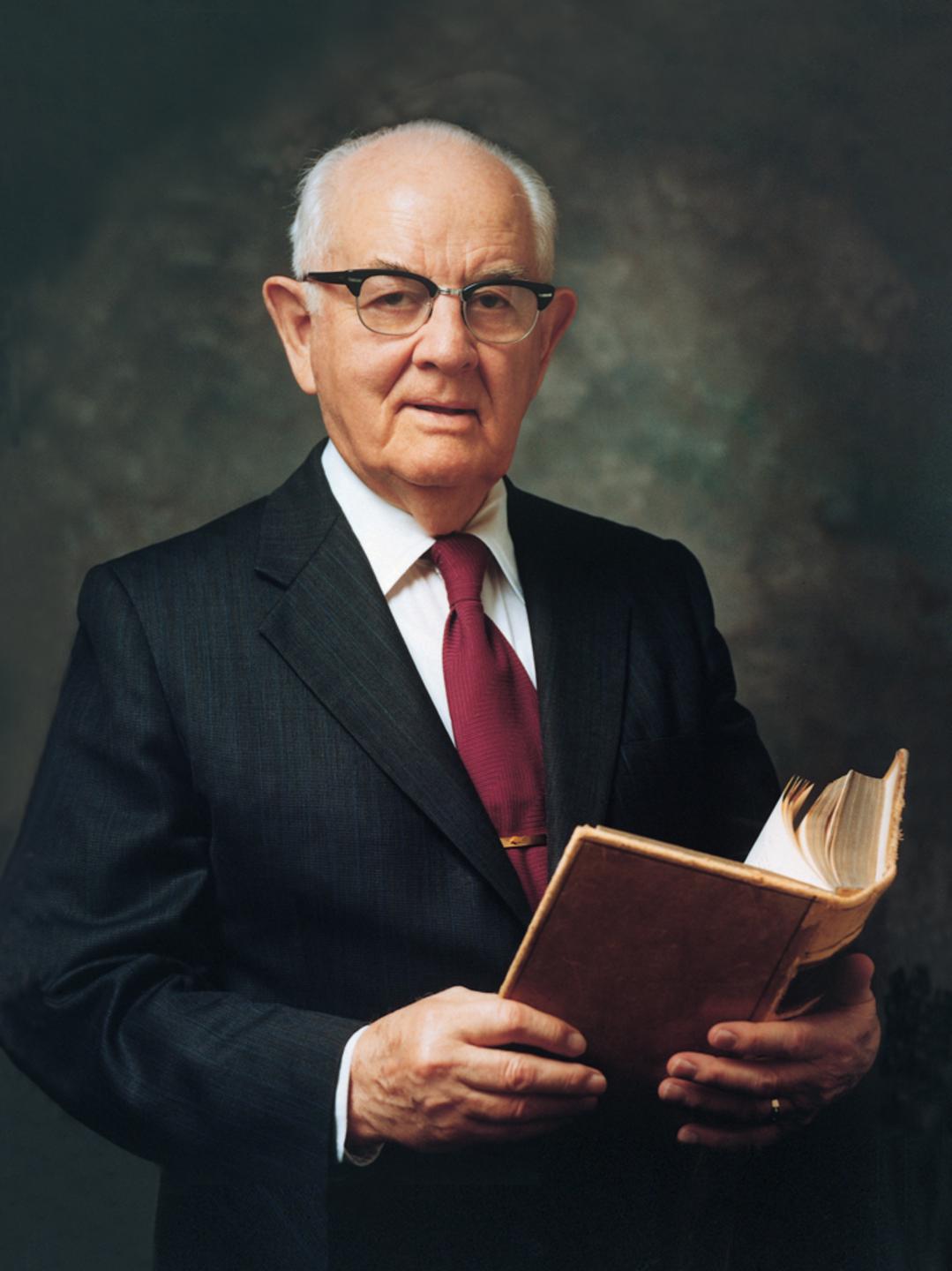In St. George, Utah, Latter-day Saints used earthly materials to rise above the material and the earthly.
They hauled volcanic rock from a hill.
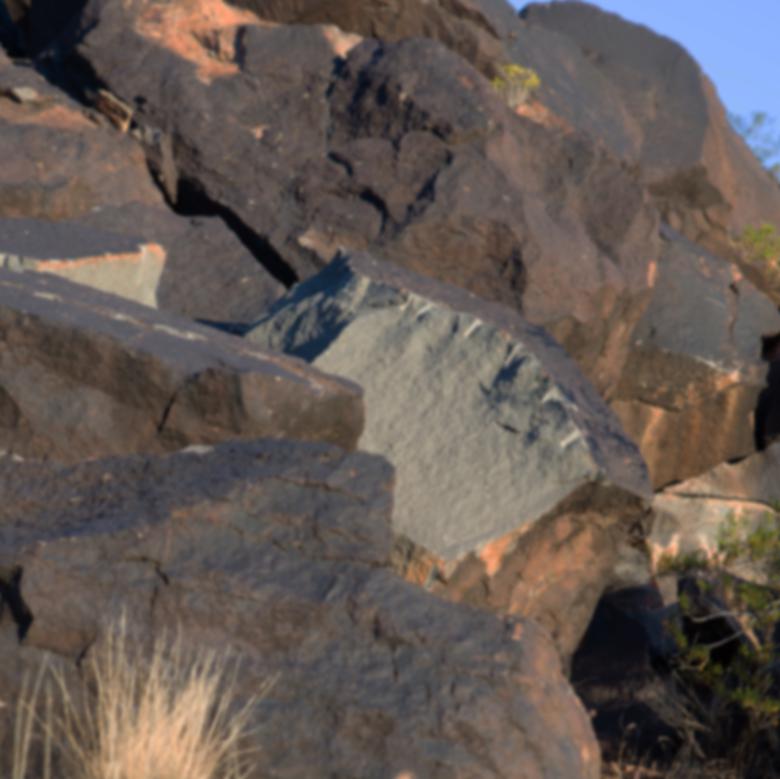
They cut sandstone from another hill.
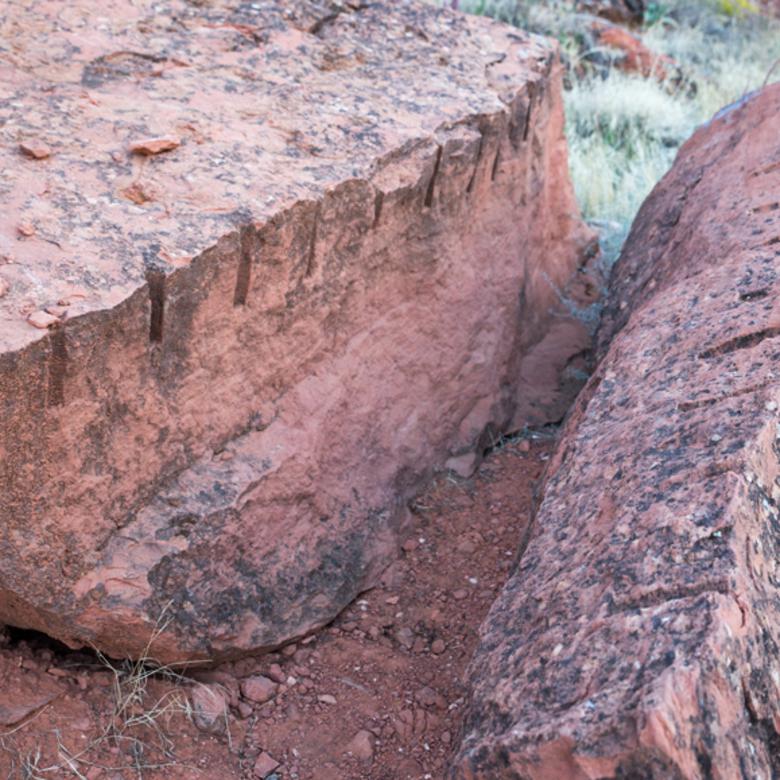
They carted timber from the mountains.

They mixed mortar and plaster from local sand and lime.
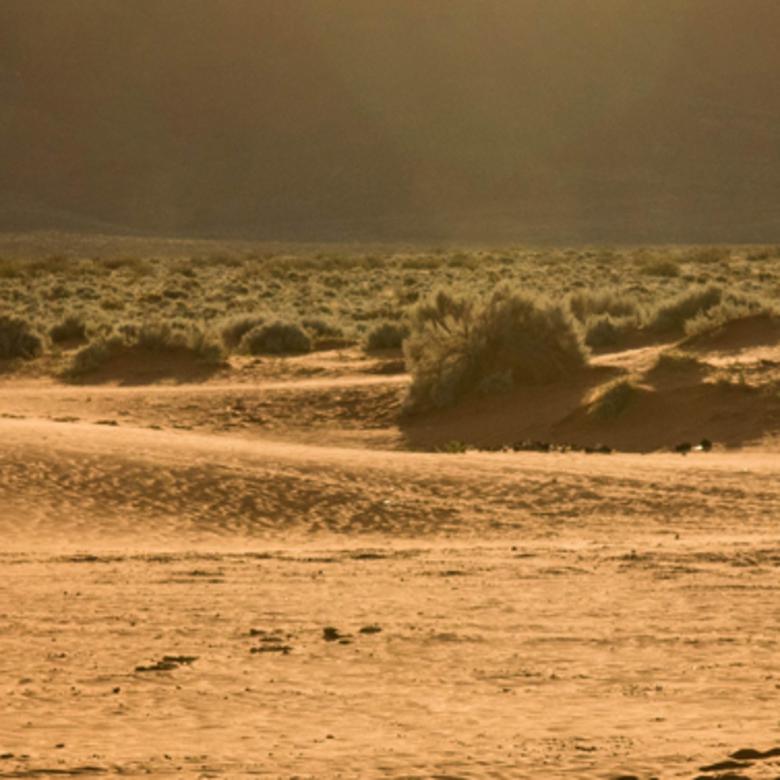
They harvested cotton from seeds they had planted.

They produced silk from silkworms they had raised on mulberry trees.
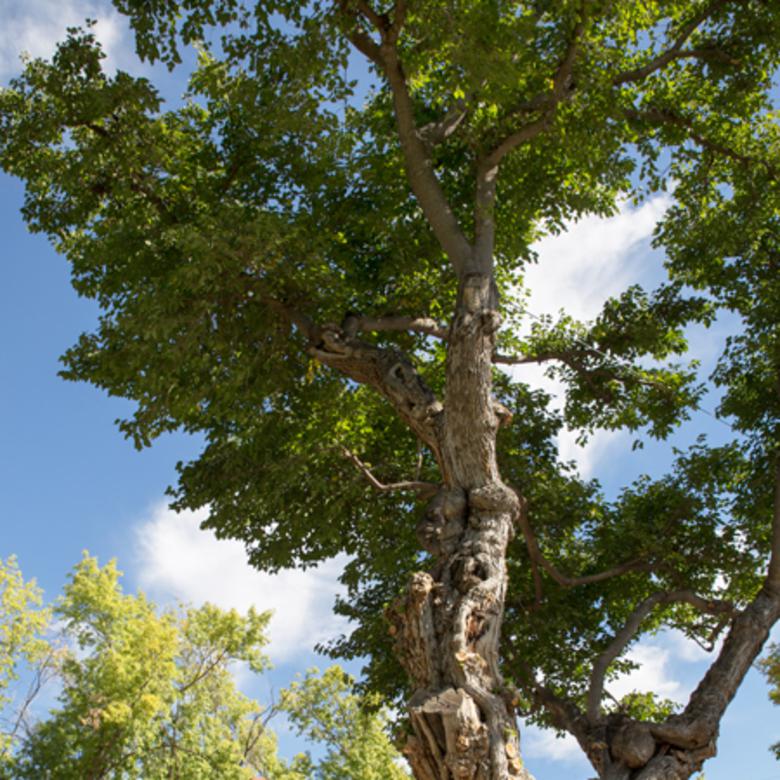
By 1876, they had shaped rugged materials into a tabernacle where they would gather and worship.
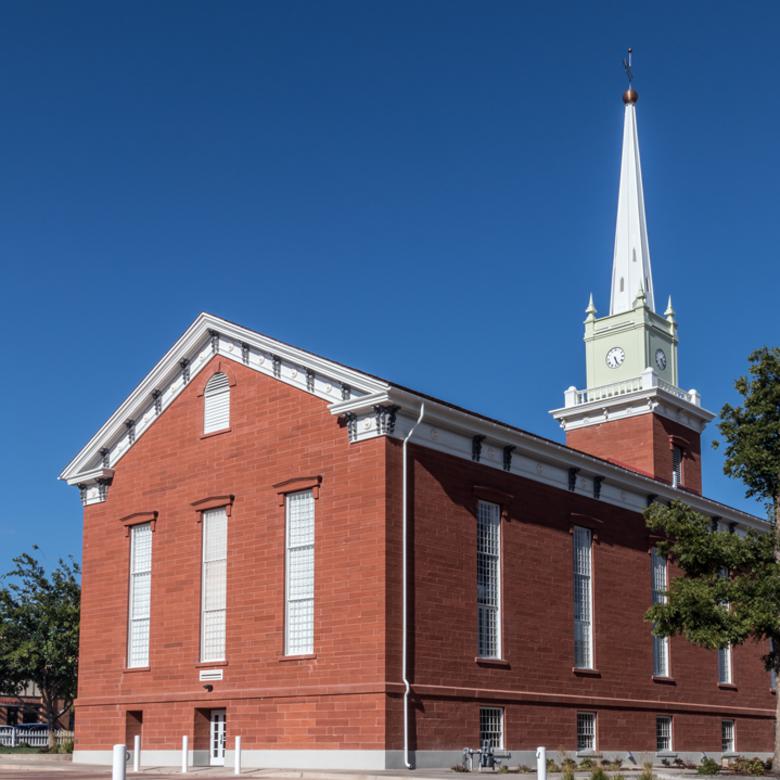
By 1877, they had transformed earthly elements into a temple where they would receive sacred ordinances, make covenants with God, and extend those same privileges to their kindred dead.
The volcanic rock became the temple’s foundation.
The sandstone and mortar combined as the exterior walls of both buildings. Plaster covered the temple’s outer walls.
Pine logs became floors, pews, pulpits, balconies, and beams.
Cotton, in rag carpets, blanketed pine floors, as did wool carpets from fellow Saints in other cities.
Silk, woven in northern Utah, enhanced the beauty of sacred altars.
It was a united effort, demanding the best of Latter-day Saints throughout southern Utah.
“It is impossible to name the people to whom credit is due, so completely did all join in the undertaking. ... It cost the reverent labor of a community.”
Juanita Brooks, a Latter-day Saint historian who lived in St. George
Ten years we have spent in the country so dreary
Subduing the mineral, thorns cactus and sands.
Our spirits are bright, tho our bodies are weary,
In filling the mission required at our hands.
We thus fill our mission and build up a city,
In this desert country so rocky and rough.
All Israel declares we have showed ourselves gritty,
And truthfully say we are made of good stuff.
Now Isaiah’s sayings we are now fulfilling
Tho mineral and cactus, and rocks may oppose.
The mission we’re filling, shows that we are willing
To make this rude desert to bloom like the rose.
Charles L. Walker, stonecutter for the tabernacle and the temple
In building the tabernacle and the temple, these Saints followed the direction of their prophet, President Brigham Young. President Young had counseled them to refine the earth’s raw material. Now he urged them to refine themselves. On January 1, 1877, in a private dedication of the partially completed St. George Temple, he declared:
“Many of the Saints are still glued to this earth and lusting and longing after the things of this world, in which there is no profit. ... Where are the eyes and the hearts of this people? ...
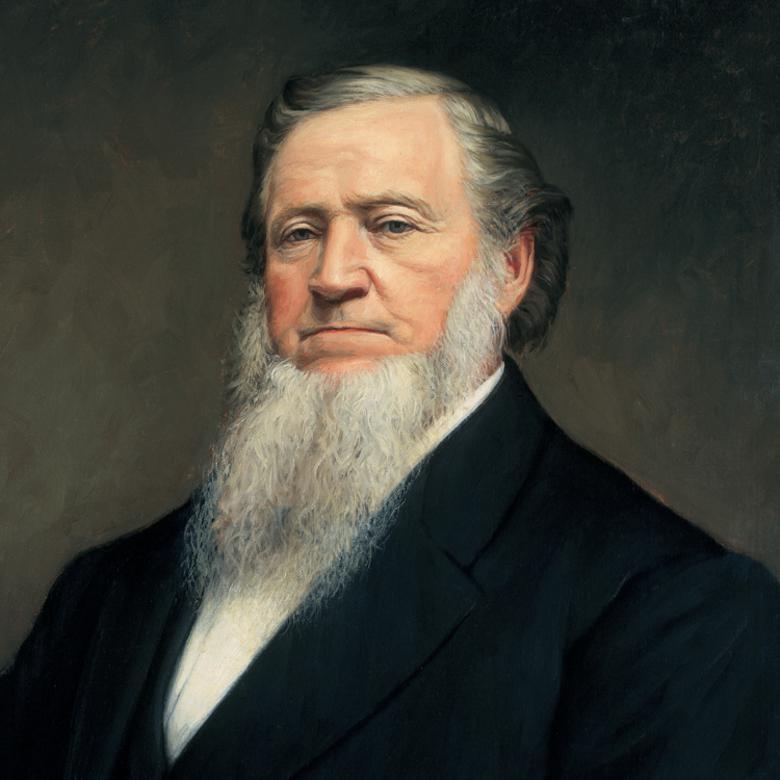
“As long as we tarry here, we are subject to the world; but go to, like men and women and say we will embrace the truth and enter into the covenants of God and carry them out. And then the bonds are broken, and the hearts of the people are united in the Father.”
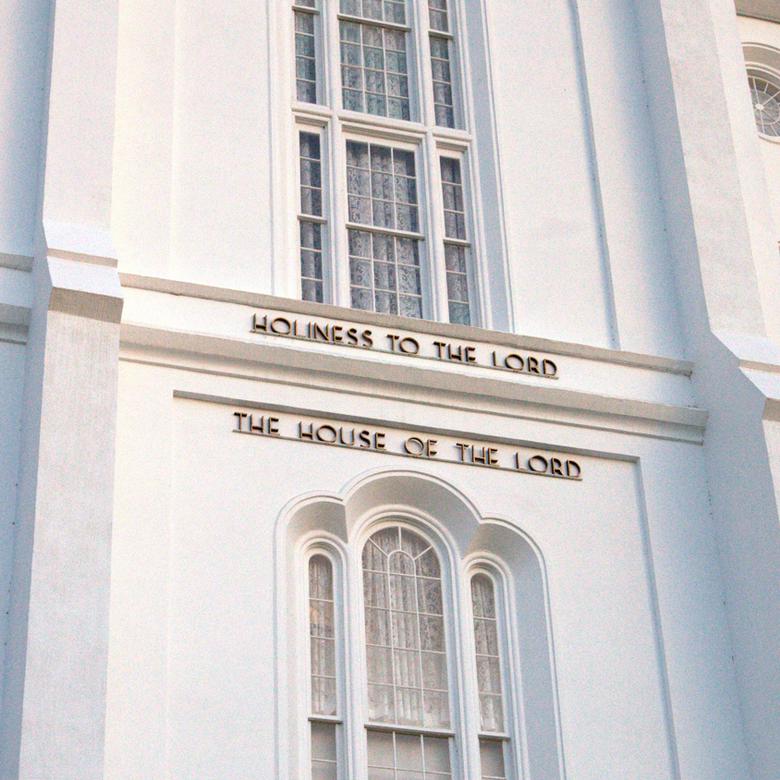
Before the temple was completed in April 1877, President Young prepared the way for the Saints to enter into those covenants.
He led an effort to write the ordinance of the endowment as it had been revealed to the Prophet Joseph Smith, thus preserving it for future generations.
Evidence suggests that much of the work was done in the office next to his winter home.
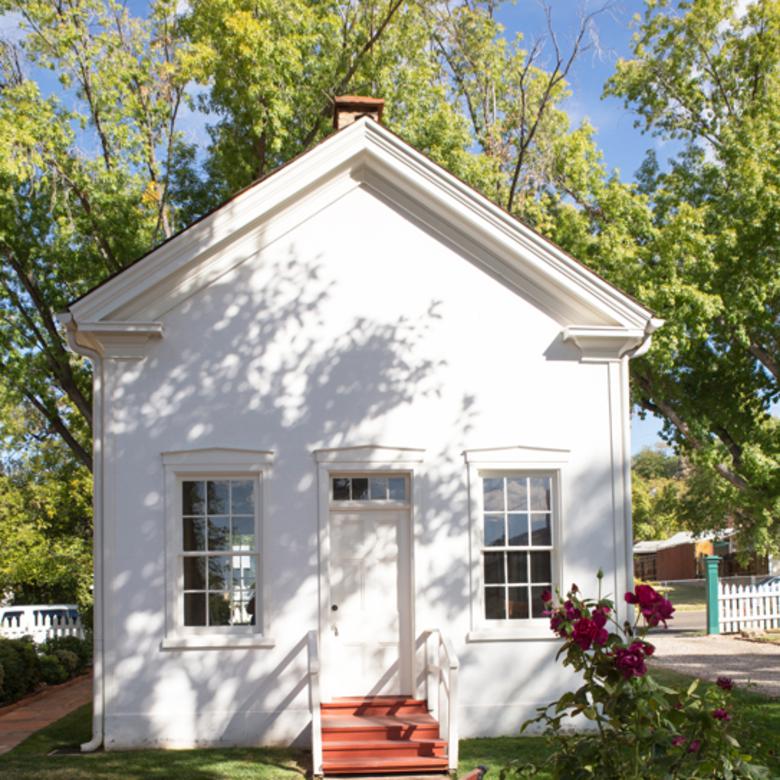
“President Young has been laboring all winter to get up a perfect form of Endowments as far as possible.”
Elder Wilford Woodruff
The endowment, performed 30 years earlier in the unfinished Nauvoo Temple and later in the Endowment House in Salt Lake City, would now be performed in a completed temple.
And for the first time, Latter-day Saints would be able to receive the ordinance in behalf of their kindred dead.
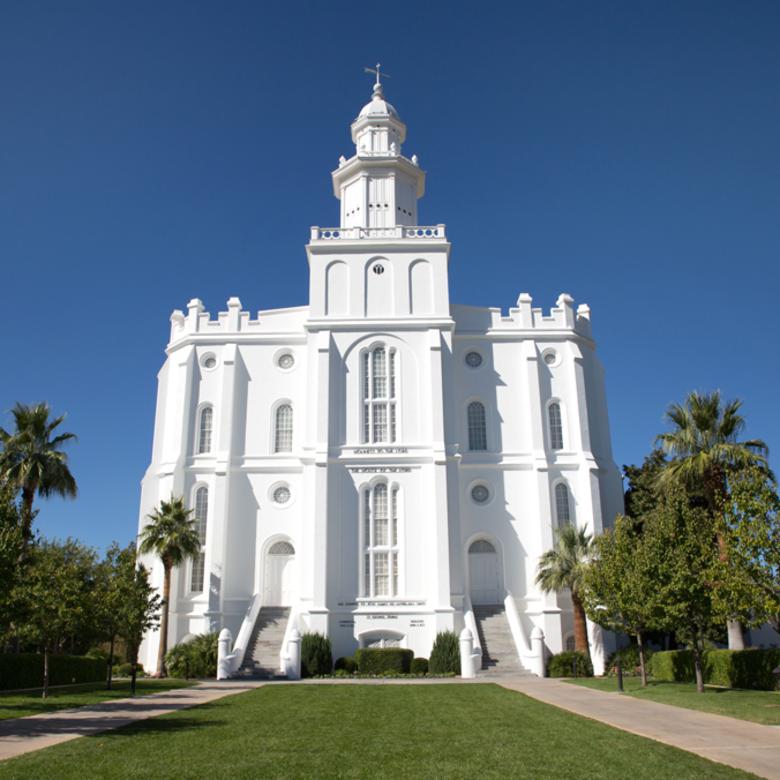
Almost 100 years later, another prophet, President Spencer W. Kimball, rededicated the St. George Temple. In his prayer, he expressed gratitude for the Saints who followed President Young’s counsel and transformed the earthly to the heavenly—in their buildings and in their lives:
“Our Holy Father, we remember their dialogue with the elements to make this a habitable region. We are grateful that Thou didst provide the volcanic rock, the beautiful red sandstone, the heavy timbers, the rock and plaster and silk, and the cotton and the wool and all those things needed for the building and furnishing of this structure; but above all, we are grateful for the men and women with faith supernal, with courage and stamina to meet all of the disciplines, discouragements and difficulties presented to them.”
Today, Saints continue to rise above the material and the earthly as they enter the St. George Tabernacle and the St. George Temple, where “the hearts of the people are united in the Father.”
